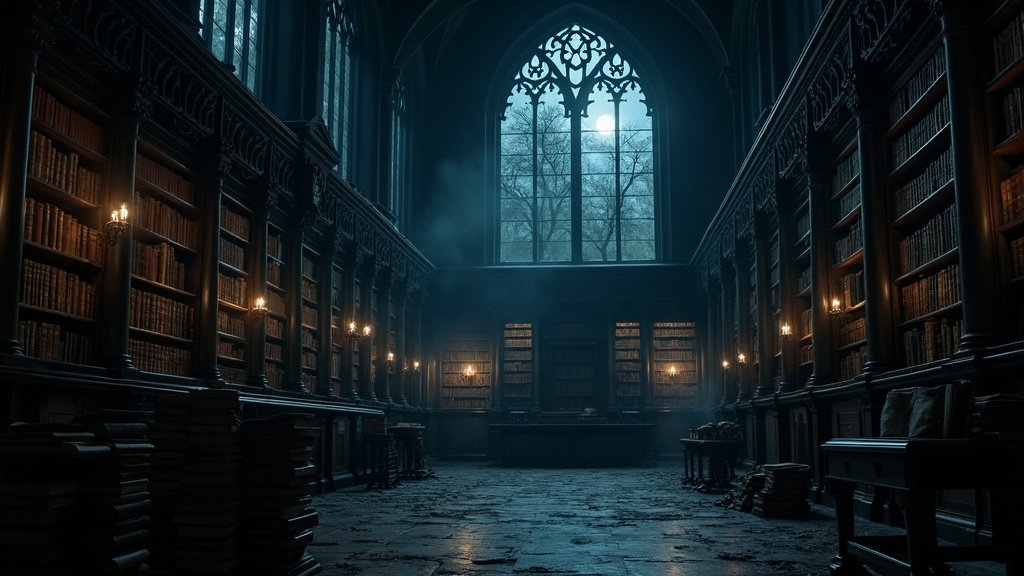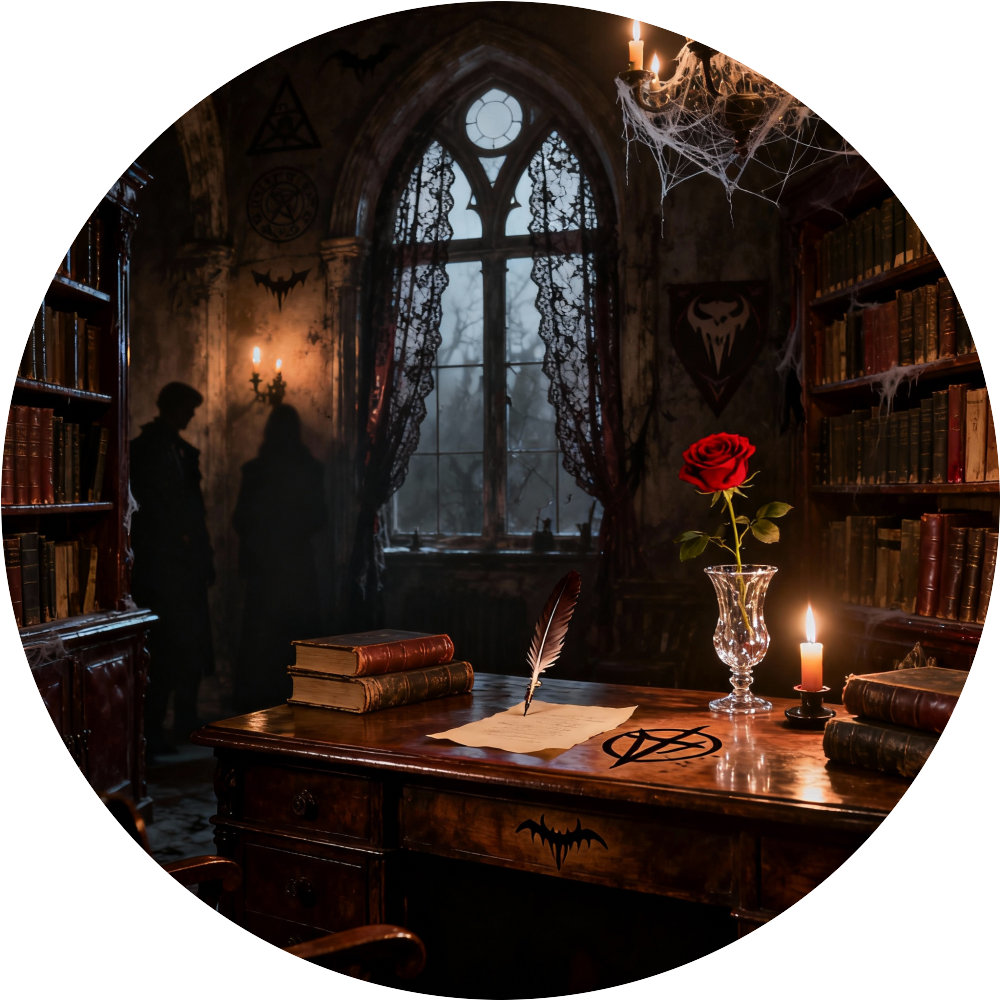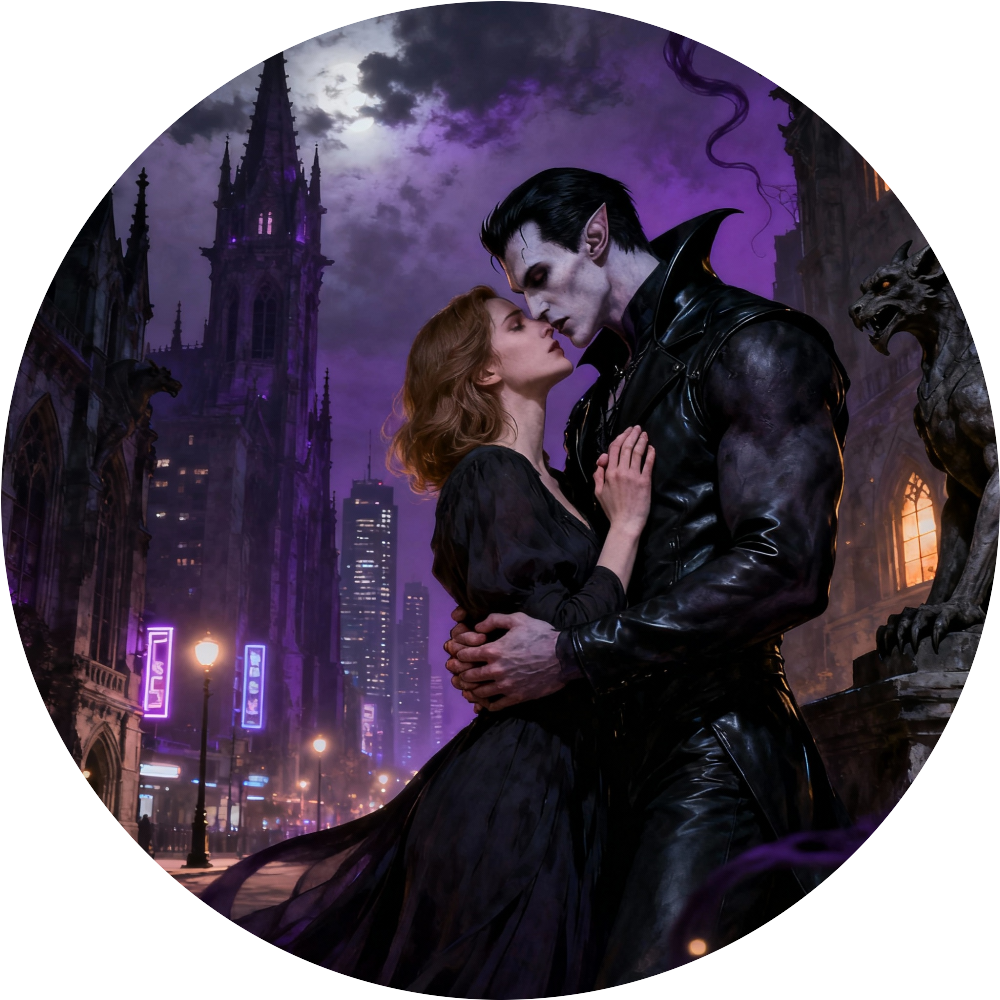Vampire romance fiction is having quite the revival, with new twists mixing classic allure with modern storytelling and deep social themes. Whether you’ve been reading these stories since the early days or you’re just curious about the hype, keeping up to date with what’s popular right now is pretty handy. I’ll walk you through the core trends, popular tropes, and genre-blending elements that are bringing fresh life to this long-loved corner of fiction.

What’s Trending in Vampire Romance Right Now
Vampire romance has always been about more than just blood and seduction. Right now, the genre is running wild with creative new ideas that shake things up and keep readers guessing. From visionary retellings of ancient legends to clever cross-genre mashups, there’s a lot going on. My own reading list keeps growing with novels that break the old rules, get into fresh worlds, and give voice to characters you don’t see every day.
Many authors are mixing in fantasy, gothic horror, or even elements from genres like dark academia to create something that really stands out. These changes pull in fans who might not have been interested in the classic vampire formula before, making it a super exciting time to explore the bookshelf or ebook aisles. More books now include psychological suspense, memorable rivalries, and characters driven by ambition or secret pasts, keeping the genre both unpredictable and addictive.
Fresh Takes on Classic Vampire Tropes
At its roots, vampire romance leans on a few classic tropes. Think forbidden love between a mortal and a vampire, the struggle with immortality, or the temptation of eternal youth and beauty. While those old-school storylines haven’t vanished, there’s a big switch up in how writers use them.
- Reimagined Vampires: Today’s vampires often adopt new powers, weaknesses, and even ethics. Some novels give them abilities tied to ancient mythologies from different cultures, not just the European legends we’re used to.
- Modern Settings: Instead of gothic castles, you’ll find vampires living undercover in city apartments, attending university, or holding down day jobs with a spooky twist. This grounds the fantasy and gives the love stories a real-life vibe.
- The Self-Aware Vampire: Many recent stories feature characters who are painfully aware of their own mythos. Some even poke fun at tropes by having vamps who’ve read all the old books or watched the slew of vampire TV shows.
This creative reinvention keeps the genre fresh for longtime fans while inviting new readers to get swept up in the drama. We also see more stories exploring the vampires’ perspectives and struggles, such as cultural assimilation, loneliness, and finding purpose beyond just feeding and survival.
Cross-genre Blends and the Rise of “Dark Academia”
If you haven’t run into the term “dark academia” yet, it basically means stories set in moody, elite academic environments; think old universities, candlelit libraries, and secret societies. When combined with vampire romance, this subgenre adds an intellectual and gothic vibe that’s tough to resist.
The trend goes deeper by pulling in fantasy and horror staples, often with sprawling magical worlds, supernatural politics, or ancient curses. Books might build whole secret societies of vampires tucked away in forgotten campus corners or introduce prophecies that span centuries. The dark academia setting raises the stakes, letting characters explore questions about power, identity, desire, and knowledge, all while someone’s lurking behind the stacks.

Why This Subgenre is Booming
What I find especially appealing is how these stories dig into what it means to chase forbidden desire while trying to fit in with tradition and rules. Academic rivalry turns more dangerous when immortals are involved, and the ancient knowledge element brings a gothic feel that layers on the atmosphere. If you enjoy the moody side of fiction, it’s worth checking out these cross-genre blends. Add in the atmospheric details of aging buildings, hidden rituals, and forbidden knowledge, and you get worlds where anything could happen—perfect ground for love and intrigue alike.
Complex Characters and Real-World Themes
The stereotypes of brooding vampire lovers and helpless mortals are fading out. Instead, today’s authors create characters who are nuanced, flawed, and even self-critical. A big part of this trend is the rise of feminist narratives and stories with deep political intrigue.
- Feminist Storytelling: Female characters are more than just love interests or damsels in distress. I see heroines with agency, ambition, and complicated motivations who actively shape the plot rather than just reacting to a vampire’s world. These protagonists often call out double standards or flip old narratives on their head.
- Political Intrigue: Many books add layers of supernatural politics, rival covens, or battles for power, making the romance more than just personal drama. Decision making comes with heavy consequences, and questions of leadership and legacy often play a big part.
- Queer and Diverse Characters: The genre also features greater diversity, with stories centered on LGBTQ+ characters and vampires from a wide mix of backgrounds, reflecting the real-world audience. These perspectives bring new dimensions to familiar themes of identity and belonging.

It’s pretty refreshing to see characters wrestle with messy feelings, big moral decisions, and issues that actually matter outside the fictional world. Some authors even address topics like grief, trauma, or discrimination, giving these tales real emotional weight.
Enduring Themes with a New Edge
Certain themes never get old; like the struggle between desire and morality, the pain of loving someone you can’t have, or the temptation of a life without end. These are still central in many modern vampire romances. What’s changed is how writers push further into these questions and show the answers aren’t always clear cut.
- Desire vs. Morality: The classic push pull between wanting something dangerous and knowing it’s wrong shows up everywhere, with modern stories digging much deeper into the psychological consequences. Characters face difficult choices and live with real fallout from their actions.
- Redemption and Self Acceptance: A lot of books focus on vampires seeking to atone for past sins, or mortals figuring out if they can handle life in the shadows. Redemption arcs are big, and self acceptance often gets the spotlight.
This mix of old and new keeps the genre rooted while giving writers and readers a chance to wrestle with bigger ideas. You’ll sometimes stumble upon books that confront issues like addiction, forgiveness, and what it truly means to be human.
Darker Horror and Gothic Elements
Some recent vampire romance novels lean heavily into horror. The gothic mood gets turned up, with foggy forests, ancient curses, and monsters that are unapologetically terrifying. The romance isn’t always about tender love; sometimes it’s tangled up with obsession, danger, and even fear.

These books are perfect for anyone who wants a bit of a chill with their love story. The focus on the “monster within” theme lets authors get into what makes us human, what scares us, and how love sometimes grows in unexpected or even dangerous places. These tales often play with tension and suspense, pulling you deeper into a shadowy world where rules rarely apply.
Popular Vampire Romance Tropes Explained
If you keep seeing certain patterns or buzzwords in book blurbs, here’s a quick rundown of what they mean:
- Forbidden Love: A relationship that breaks the rules, usually because one lover is undead (or hiding it) and the other is mortal, but it can also be about class, family, or other boundaries.
- Blood Bond: The idea that sharing blood creates a deep emotional and sometimes psychic connection. It’s an easy way to raise the stakes of a relationship and bring supernatural drama to the romance.
- Enemies to Lovers: Two characters who start out on opposite sides. Maybe slayer and vampire, rival coven leaders, or exes with a dark history, eventually find themselves falling for each other. Always fun if you enjoy sharp dialogue and slow-burn romance.
- Turned Lover: One character becomes a vampire, often sparking questions about consent, identity, and the price of love. The transformation is usually traumatic and layered with emotional decisions.
- Eternal Love: A relationship that spans centuries. Super romantic in theory, but modern books often question whether it’s really possible or healthy. Some stories show that love changes, fades, or is tested by immortality in unexpected ways.
What to Look for In a Great Vampire Romance Book
Picking a new vampire romance novel means thinking about what mood or vibe you’re after. Here are a few things I always consider when I’m trying to choose what to read next:
- Strong Worldbuilding: Does the author paint a vivid, believable supernatural world? Even when the romance is front and center, interesting lore goes a long way. Bonus points if the world is diverse, complex, or feels like a character itself.
- Dynamic Characters: Are the main characters more than stereotypes? If you like characters who learn and grow (even if it’s slow), this is something to watch for in reviews or sample chapters.
- Atmosphere: Whether you want cozy academia, full on horror, or lush gothic, check if the book brings that vibe throughout. Vivid descriptions and attention to mood can make or break a story in this genre.
Another tip: check for books that blend romance with real-world struggles or current-day issues, if you want more than just escapism in your reading.

Frequently Asked Questions
I hear a lot of questions about the trends in vampire romance, so here’s what I get asked the most:
Question: Why is vampire romance popular again lately?
Answer: People are reimagining old myths and mixing them with current themes like identity, power, and forbidden love. The excitement about blending genres is bringing in new readers, making the genre feel modern and inclusive. It helps the stories resonate with broader audiences and feel relevant in today’s world.
Question: What is dark academia, and why does it work well with vampires?
Answer: Dark academia is a vibe or subgenre set in old, elite school settings with lots of mystery, moody visuals, and secret societies. Vampires fit in perfectly because both share themes of tradition, forbidden knowledge, and moral dilemmas. The mix creates a cool, moody atmosphere with plenty of drama. The darkness and aesthetic amplify the appeal for fans who love both intellectual puzzles and supernatural plots.
Question: Are there more diverse characters now in vampire romance books?
Answer: Yes, there’s a clear push toward diverse main characters, LGBTQ+ relationships, and stories set in cultures that bring something new to the vampire mythos. This switch helps the genre reflect its audience and tell fresh stories. Authors are more intentional about representing different races, abilities, and identities, making the genre richer overall.
Choosing Your Next Read
The best thing about vampire romance right now is how many choices you have. Whether you love dark, brooding tales, clever spins on old tropes, or stories set in lush academic settings, there’s something out there that’ll pull you in. The genre keeps spreading like wildfire, and so does the fun for readers who love adventure, danger, and just a little bite of romance. Happy reading!

Leave a Reply
You must be logged in to post a comment.